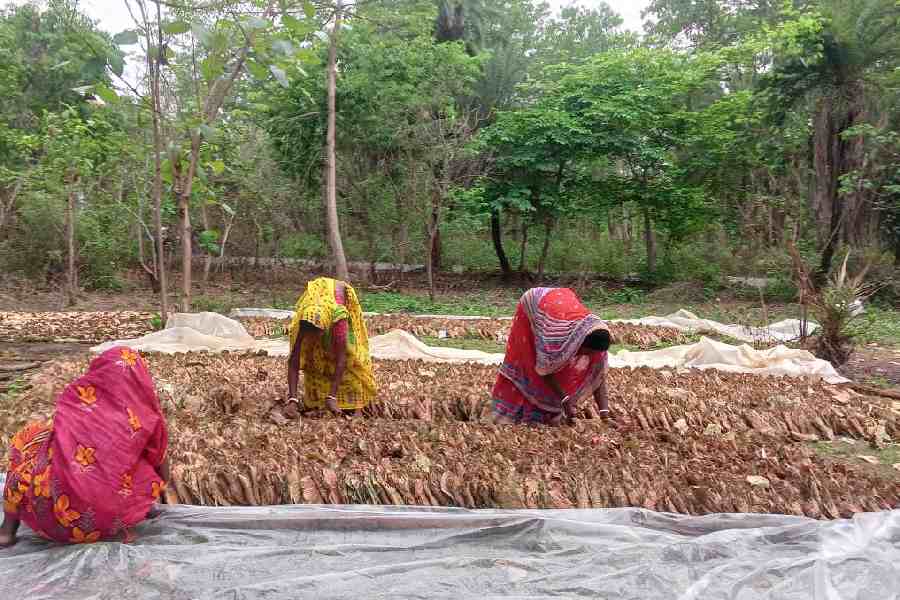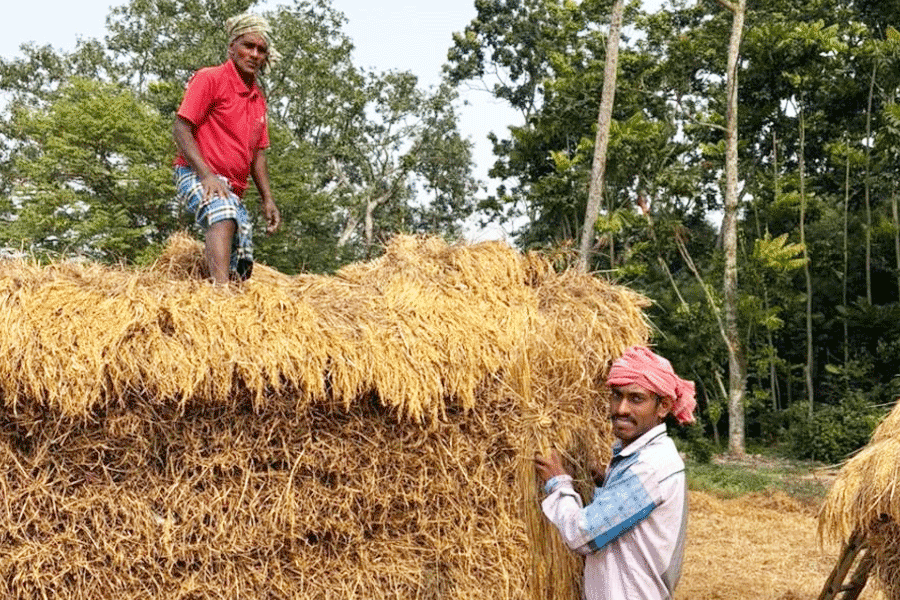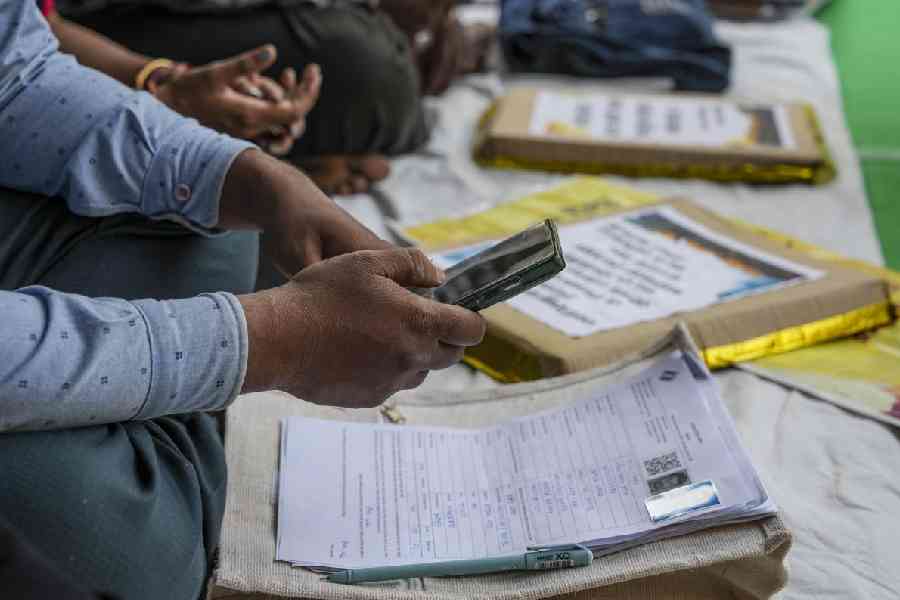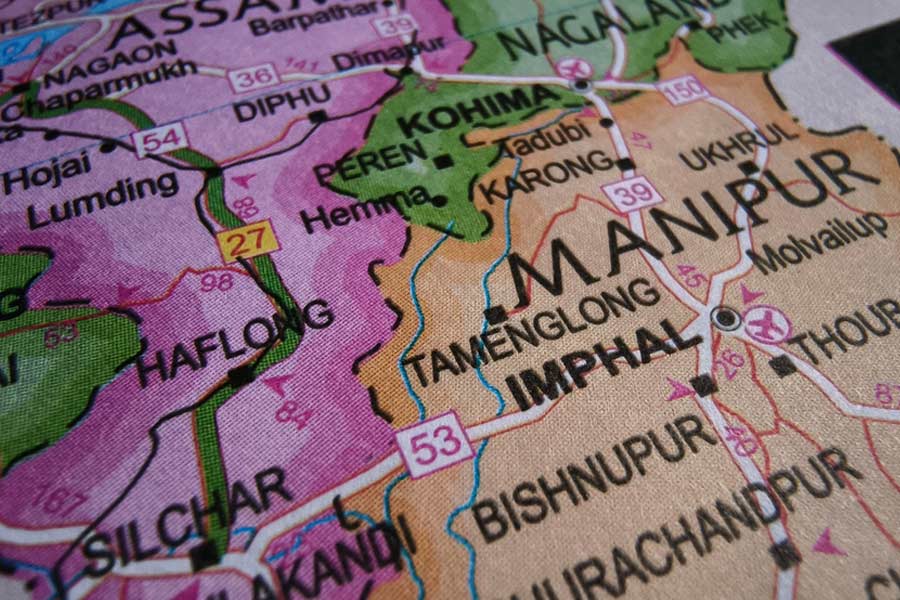As I catch the 5:15 am bus, darkness still envelops everything around me. The dawns are mystical, filled with soft light, cool breezes, and the scent of wildflowers. However, the forest has thinned out significantly. Except for a few tall, straight sal trees, the
dense forest is gone. Consequently, when the sun rises, the forest looks even more barren. It’s hard to believe that just a few years ago, this jungle was filled with dense sal trees.
As a teacher, I’m dealing with the new 7 am school schedule. The bus I catch is the first one in the city that takes me to my workplace. As a late-night sleeper, I get ready half-asleep and rush to the bus without even having tea. When I board the bus, I find that there’s not a single seat left. The bus is packed with unkempt men and women. Seeing them so early in the morning depresses me. I think to myself that things will surely get better tomorrow. However, the next day, their numbers have increased.
I ask one of them, “Where are you headed?” “Why?” they reply. “To collect leaves,” they say. “Sal leaves?” I ask. “No, no, kendu leaves,” they respond. “Our forest around here has been depleted, so we have to go to Korsing forest, Hata forest, or Musabani forest in East Singhbhum, Jharkhand.”
Kendu leaves (Diospyros melanoxylon), also known as tendu, often dubbed the ‘green gold’ of eastern India, emerge as a lifeline. Used primarily to wrap bidis, kendu leaves provide a critical source of income for tribal families. For these tribals, the forest is more than a resource — it is a cultural and spiritual anchor. Kendu trees, revered for their utility, are central to their livelihood.
The collection of kendu leaves is a communal activity, engaging entire families, with women at the forefront of plucking, sorting, and bundling. Beyond its economic role, this practice fosters social cohesion, with songs and stories shared during long hours in the forest, weaving kendu collection into the cultural tapestry of Junglemahal.
These leaves are then processed for the bidi industry, a multi-billion-rupee sector that employs millions across India. In Junglemahal, kendu leaf collection supports lakhs of tribal families, particularly women, who constitute the majority of pluckers.
“Does it benefit you?” I ask. “As much as it can,” they reply. “Otherwise, we wouldn’t even get rice to eat. There’s no other work available.” I look into their dull, lifeless eyes and think about the state we live in, where there’s no guarantee of having enough food to eat.
The bus sways and lurches and the people on it struggle to keep their balance. In the verdant expanse of Junglemahal, a region encompassing parts of West Bengal’s West Midnapore, Purulia, Bankura, and Jhargram districts, tribal communities such as the Santhal, Munda, Bhumij, and Oraon have thrived for centuries in symbiosis with the forests.
“How much do you get paid?” I ask. “We get around 120-130 rupees per kilogramme of dry leaves,” they reply. “We women don’t have much money; this is our only source of income for these two months.” They collect leaves in the scorching heat of summer for two and a half months to have a relatively better life. Many people lose their lives to attacks by wild elephants in the forest, and there are many other difficulties.
For the tribals of Junglemahal, kendu leaf collection is more than a livelihood — it is a way of life, intertwining economic survival with cultural and ecological harmony. Yet, systemic challenges — from regulatory constraints to economic vulnerabilities — threaten this delicate balance. By empowering gram sabhas, improving infrastructure, and reforming policies, the State can ensure that kendu leaves remain a sustainable source of dignity and income.
Kendu leaves embody the resilience of tribal communities whose stewardship of the forest offers lessons in sustainability and coexistence. Supporting their rights is not only a matter of justice but also a commitment to preserving the rich tapestry of Junglemahal’s heritage.
Baby Shaw is an author and independent researcher










